On 19th May 2023, a new exhibition “OTMA and Alexei. The Children of the Last Russian Emperor” opened in the Manege of the Small Hermitage, in the State Hermitage Museum in St. Petersburg.
The exhibition was originally planned to be held in the Hermitage Amsterdam, however, it was cancelled due to EU sanctions against Russia.
The exhibition spans the period from 1895 to 1914 – that is to say, exploring their days of untroubled childhood and youth, unaffected as yet by the First World War and the revolution that followed.
The Emperor’s daughters, Grand Duchesses Olga, Tatiana, Maria and Anastasia, born at two-year intervals, were very friendly with each other and signed their letters to their parents with the initial letter of each of their names. Hence the abbreviation OTMA. The youngest child and only boy – Alexei, Tsesarevich and heir to the throne – was the favourite of the entire family.
The exhibition showcases more than 270 items, including a unique group of personal belongings and costumes from the stocks of the Hermitage: from baby jackets to formal court dresses, as well as toys and items that the imperial family used in their everyday life. Of particular interest is the clothing of Tsesarevich Alexei Nikolayevich, who from an early age wore uniforms of the regiments of which he was the ceremonial patron. Many items on display at this exhibition are being shown for the first time after the completion of lengthy restoration that has brought these historically significant pieces back to life.
As Mikhail Borisovich Piotrovsky, General Director of the State Hermitage, stated: “The tragic end of this happy family, which everyone knows, makes each everyday object emotionally charged and the whole exhibition a dreadful omen.”
Much attention is devoted in the exhibition to telling about the children’s family upbringing and education. Artistic and documentary artefacts – personal possessions, toys, books, favourite games that shaped the individual nature of each sibling – present details of the children’s daily life. It would, however, be difficult to reveal their characters using just the “world of objects”. Archive documents and photographs serve as accompanying illustrations and include many of the items on display.
Besides exhibits from the stocks of the State Hermitage, the display also includes items on loan from the Tsarskoye Selo State Museum-Preserve and the State Archive of the Russian Federation (GARF) in Moscow.
The exhibition curators are Yulia Valeryevna Plotnikova, leading researcher in the State Hermitage’s Department of the History of Russian Culture, and Yulia Vadimovna Sharovskaya, head of the Fine Art Sector in that department.
The exhibition “OTMA and Alexei. The Children of the Last Russian Emperor” is included in the price of all tickets to the State Hermitage Museum. The exhibition runs until 10th September 2023.
The exhibition is arranged along chronological and thematic lines. The first part shows the early childhood of the Grand Duchesses, including items of infants’ and children’s clothing – baby jackets, blouses, chemises, and some pieces of knitwear made by Empress Alexandra Feodorovna herself among them. Here visitors will find little lace-trimmed cambric frocks with coloured silk underskirts that the girls wore in early childhood; white piqué overcoats with wide turn-down collars and broad-brimmed hats made of unstiffened cambric. The display also contains accessories – footwear, fans and umbrellas. The rarer articles from the wardrobe of the grown-up Grand Duchesses have marks making it possible to tell who exactly wore them, since the Empress liked to dress her daughters identically not only as young children, but at a more advanced age as well.
Items in the exhibition that seem to have come off the pages of the fashion magazines of the day give an idea of how girls were clothed in the late 19th and early 20th centuries. There were, however, certain articles that set the children of the imperial family apart from others of the same age belonging to even well-to-do families. These include the Grand Duchesses’ formal court dresses: from the childish ones sewn in 1904 for the baptism of the heir to the throne, to those for the teenage girls and young ladies made in Olga Bulbenkova’s famous atelier, and also Tsesarevich Alexei’s uniforms. Immediately after his birth, the heir to the throne was “enrolled in the military” and appointed ceremonial patron of several Guards regiments, having the corresponding uniforms made for him. As he grew older, Alexei took part in parades and reviews along with his father. All the Grand Duchesses were also patrons of regiments. Olga, Tatiana and Maria even had special unforms sewn for them.
Photographs and watercolours show the imperial family’s favourite places: their primary residence – the Alexander Palace at Tsarskoye Selo; the palace at Livadia in the Crimea for the spring and autumn seasons, and also their “second home” – the imperial yacht Shtandart. Voyages on that ship were a treat to which the children eagerly looked forward, bringing some variety to their heavily regulated lives. The girls were dressed in sailor costumes and the Tsesarevich in naval unform, from which only two sailor’s caps have survived. The family spent the summer months at the Lower Dacha in Peterhof, which no longer exists. The exhibition includes two pieces of furniture made at Friedrich Melzer’s factory in Saint Petersburg – one for the drawing-room of the Lower Dacha, the other for the Grand Duchesses’ schoolroom at the Alexander Palace.
Separate attention is paid in the display to Tsesarevich Alexei. The long-awaited heir to the throne was dearly loved by his parents and sisters. The children spent much time playing and doing other activities together. Despite his serious illness – haemophilia, in his rare moments of good health, the Tsesarevich strove to live a normal life, which included both schoolwork and amusements. In order to recreate the everyday world of the heir to the throne more precisely, the State Hermitage and the State Archive have provided from their collections a boy’s military uniform, toys, letters, drawings, exercise books and a timetable of lessons.
The characters of all five children can be grasped from a unique set of materials – personal diaries, family letters, schoolwork and exercise books. The two eldest siblings, Olga and Tatiana, studied well, were diligent and neat, reading extensively. Grand Duchess Maria was very fond of drawing but fell short of her elder sisters when it came to learning. The youngest, Anastasia, had the nickname Shvybzik (perhaps “little imp”) and was the most playful and lively. She disliked learning but was very good in comic roles in the family’s amateur dramatics and took a leading part in games. Tsesarevich Alexei was a very bright youngster, but his lessons were often interrupted due to the illness that affected him throughout his life.
The sisters shared their parents’ love of photography. Each of them had her own Kodak camera that was enthusiastically used to take many pictures of themselves, their family and friends, hundreds of them then being pasted into albums. Two of those albums, embellished with the Grand Duchesses’ own drawings, feature in the display.
***
EXHIBITION CATALOGUE
A richly illustrated Russian language catalogue has been prepared for the exhibition (State Hermitage Publishing House, 2023), which includes an introduction by Mikhail Piotrovsky, General Director of the State Hermitage Museum. The authors of the articles are Y.V. Plotnikova, A.V. Sabenina (State Archives of the Russian Federation), M.P. Filiptseva (Tsarskoye Selo State Museum).
NOTE: this post is for information purposes only. I regret that I do not know how to obtain copies, or if any of these titles will ever be translated to English – PG
PHOTO: cover of the Russian language exhibition catalogue
© State Hermitage Museum. 20 May 2023

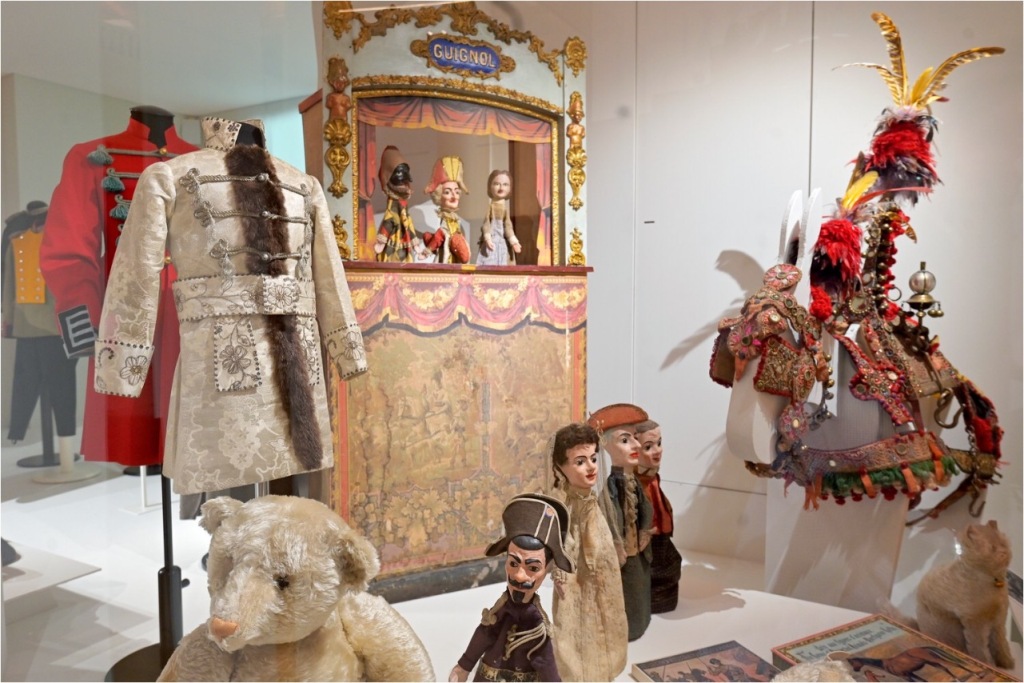

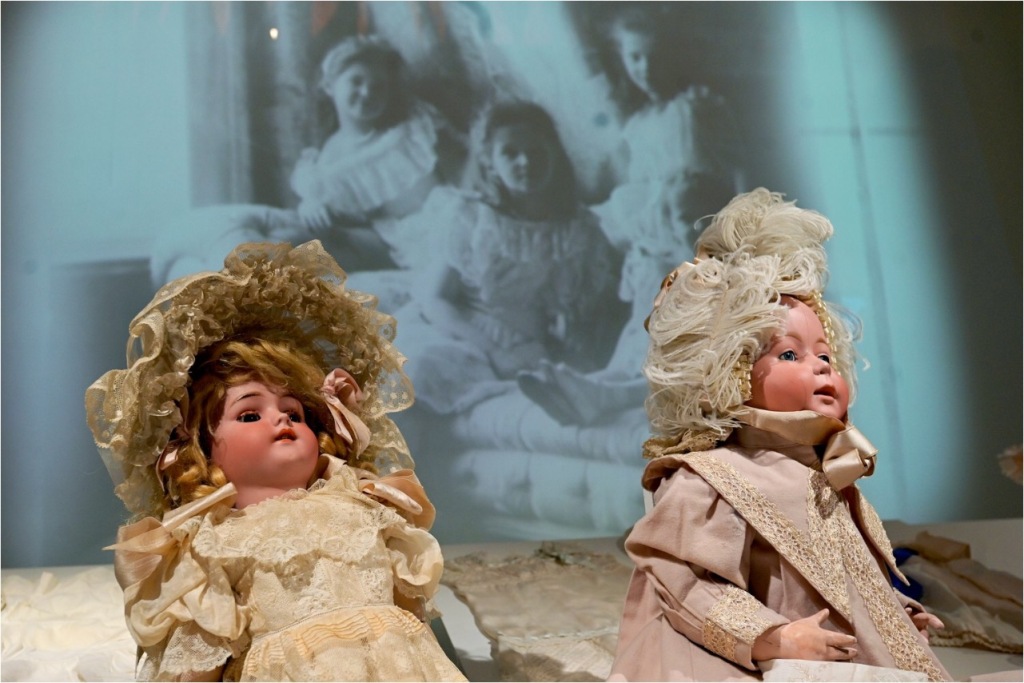

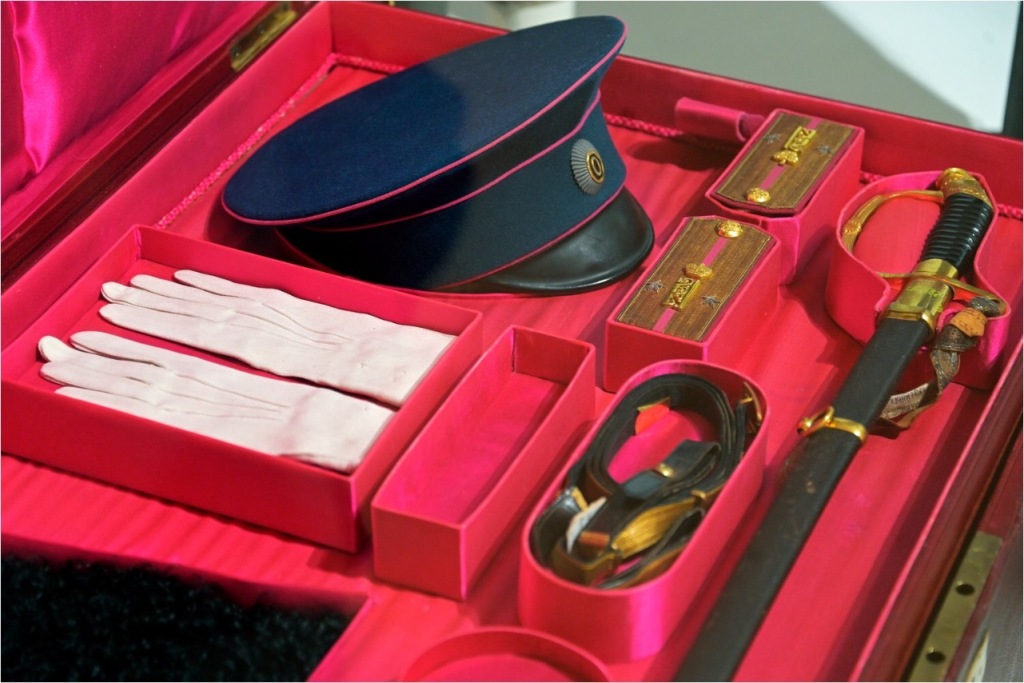
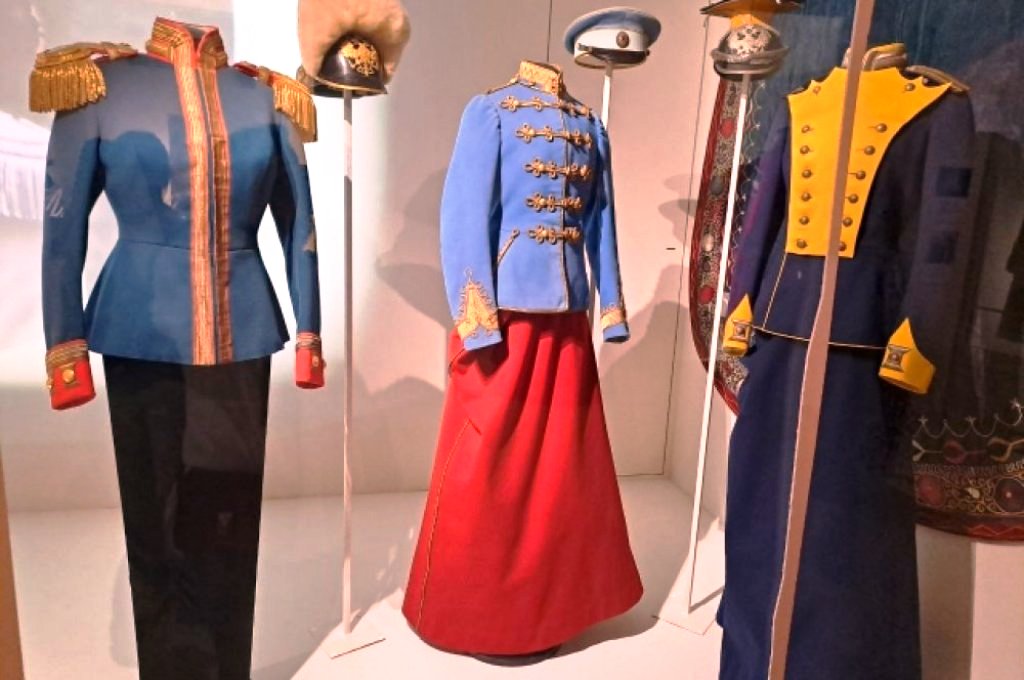
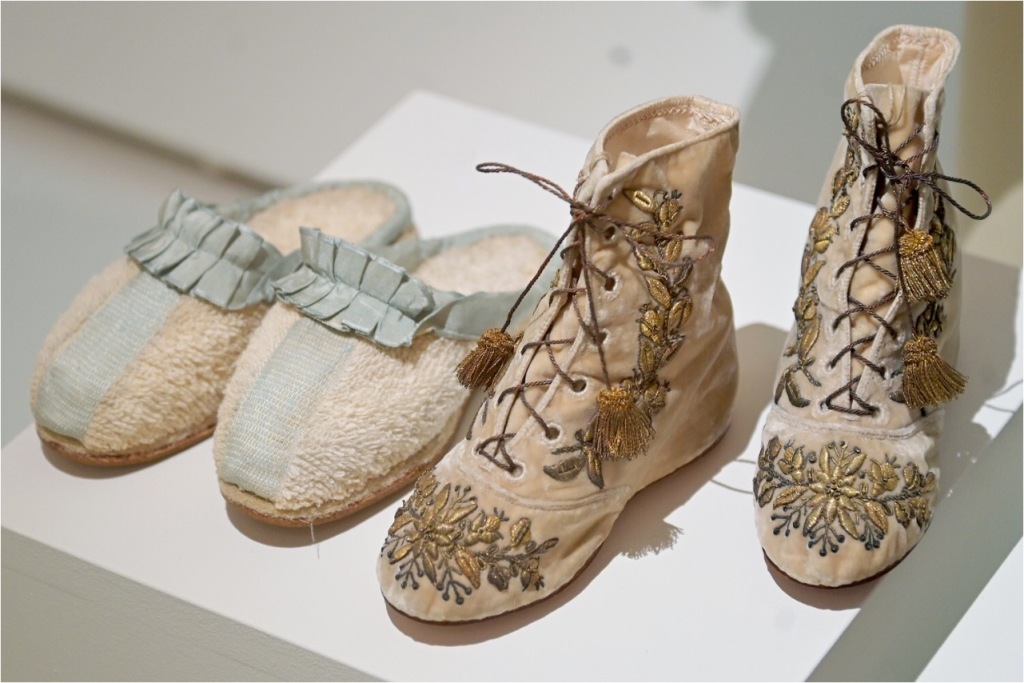
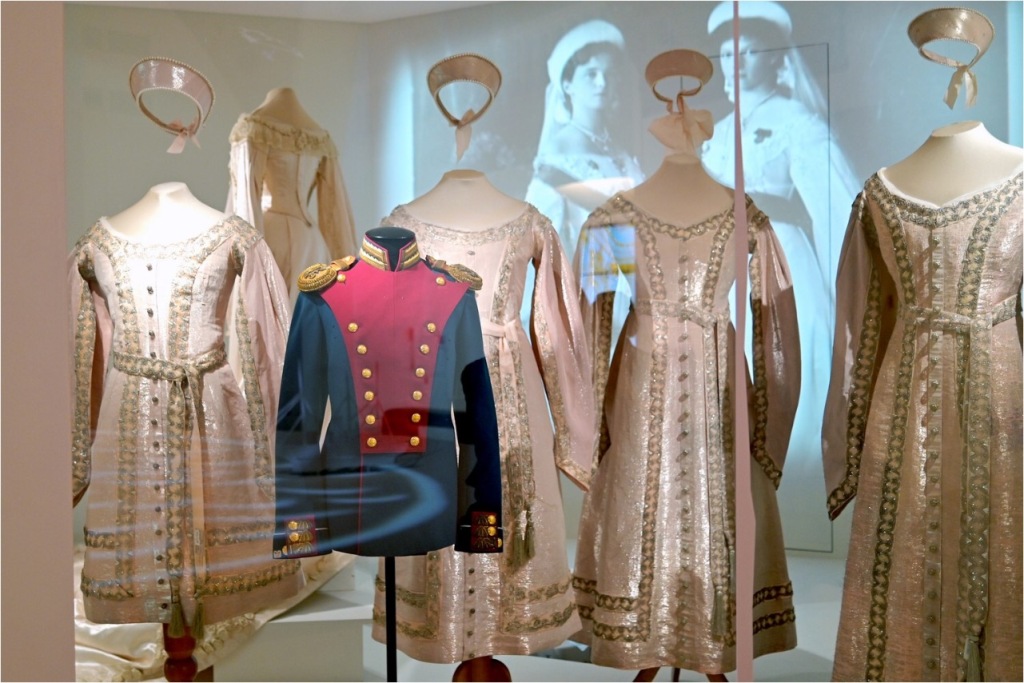
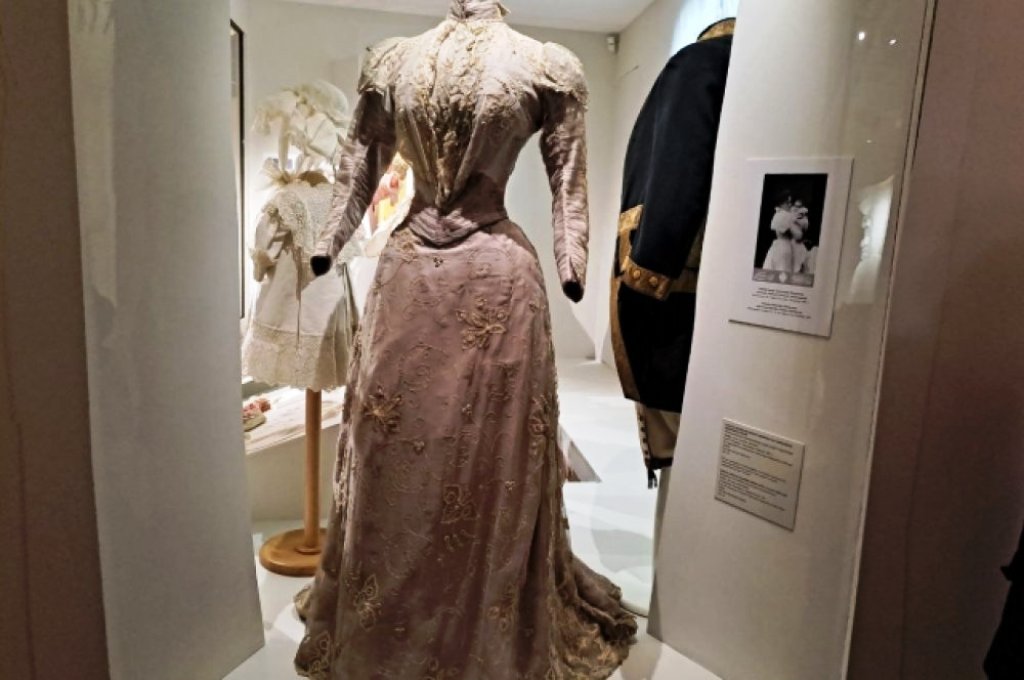

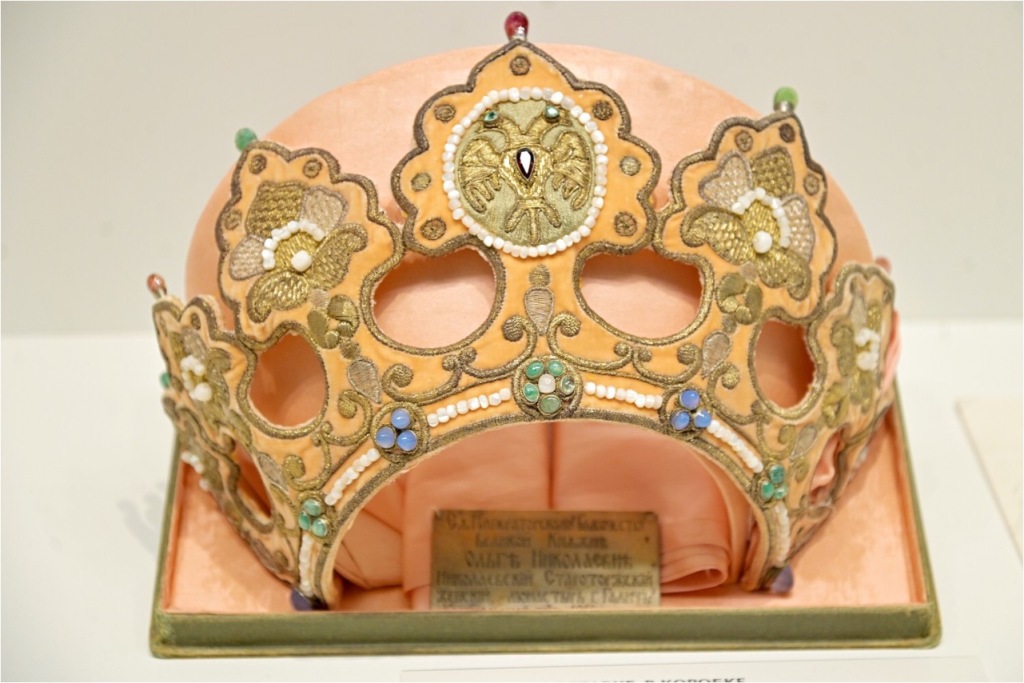
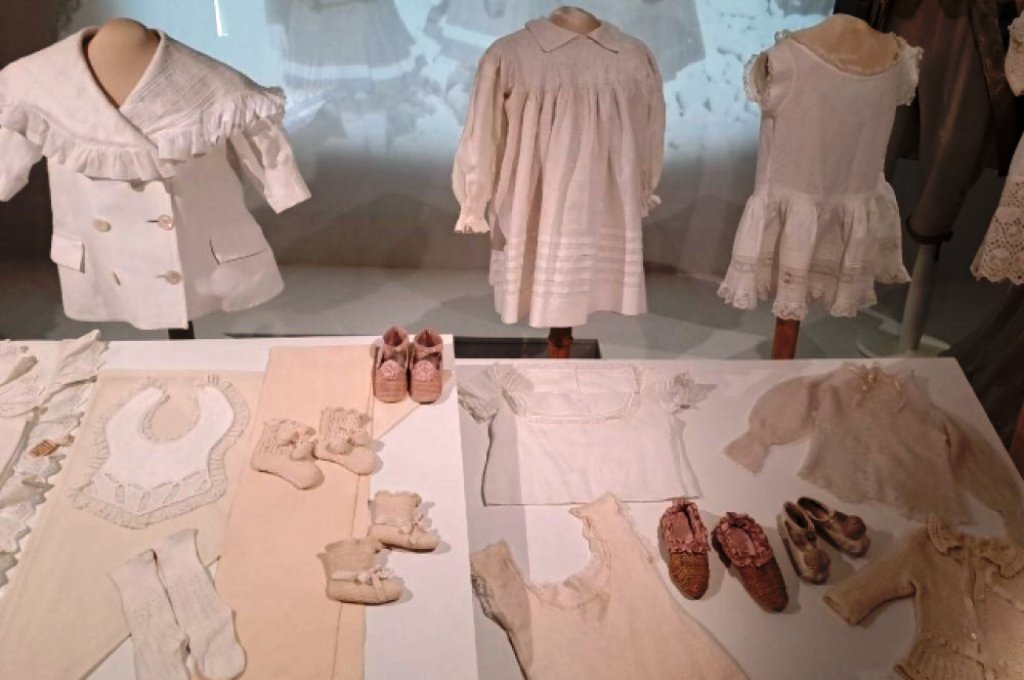
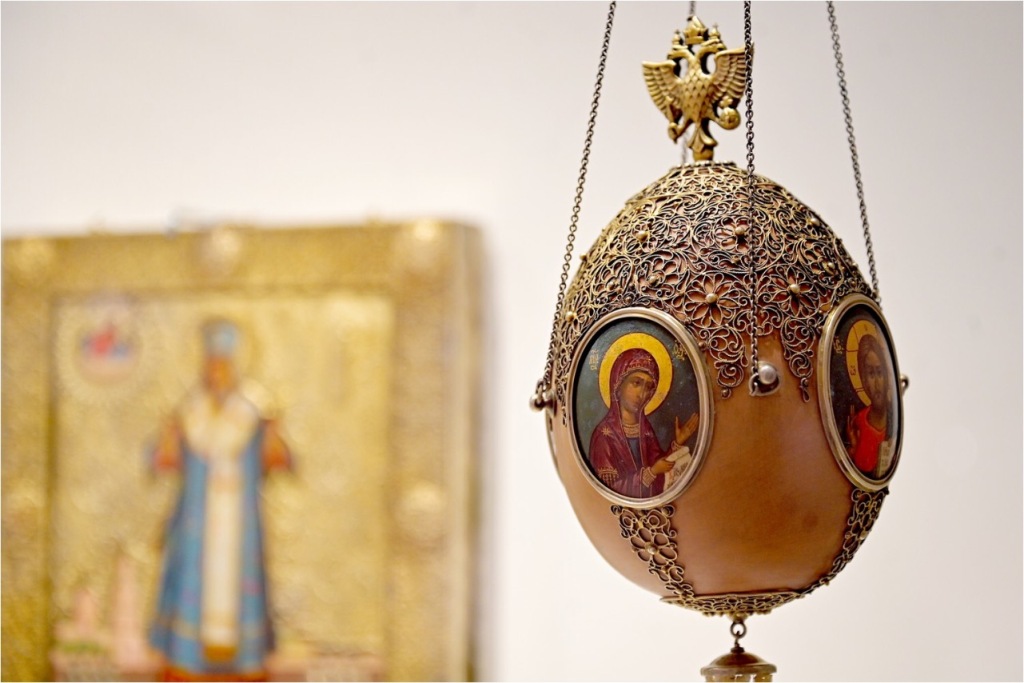
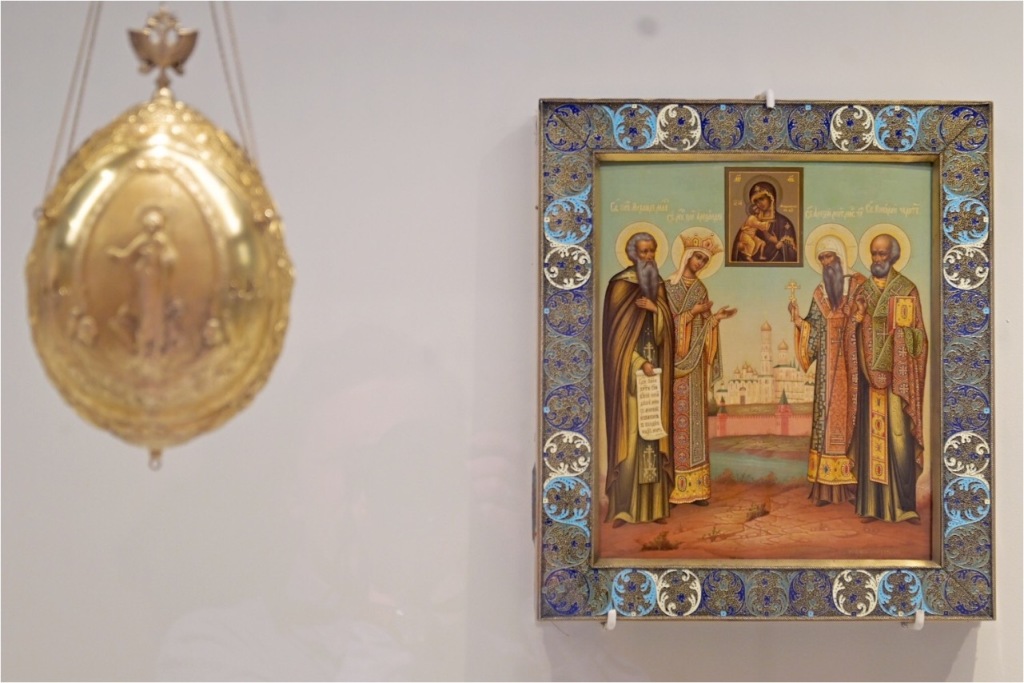
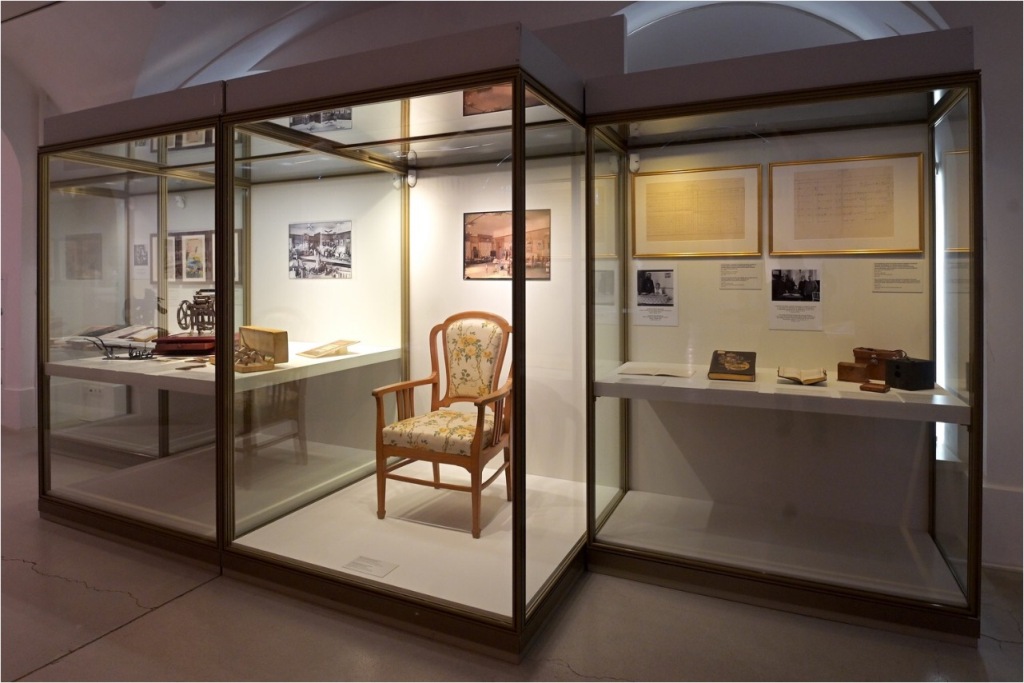

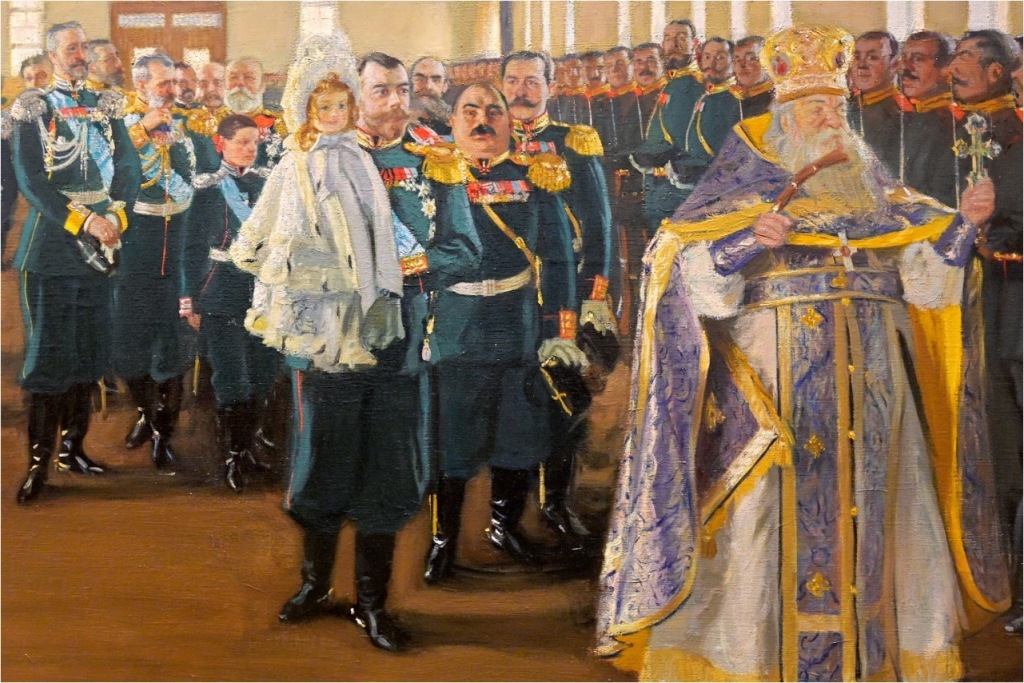


You must be logged in to post a comment.